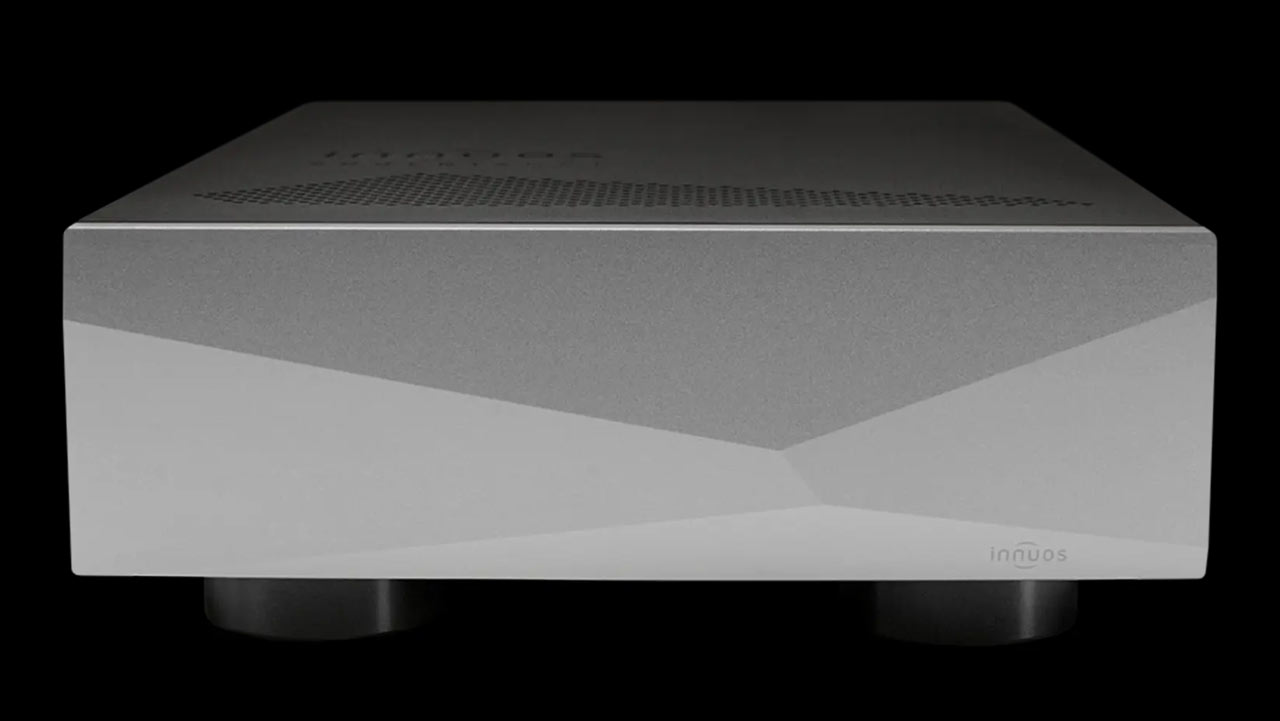A new three-port network switch designed for audiophiles has become available to purchase. Priced at an astronomical $4,349, the Innuos PhoenixNET comes with a multitude of eyebrow-raising audio quality claims about signal purity, low noise, better instrument separation, and enhanced realism. However, adding insult to our already injured intelligence, this premium-priced switch offers paltry 100 Mbps performance, as it the company claims that older / slower technology “results in lower operating noise floor compared to Gigabit.”
On the PhoenixNET product page, Innuos says that this network switch has been “designed from the ground up for network audio.” In contrast with a typical switch, it says, the PhoenixNET “can improve sound quality when used with nearly any audio component.” Remember, we are talking about digital audio 0s and 1s traveling via Ethernet. Still, Innuos insists that its switch can deliver “musical details that stand out, a blacker background, better instrument separation and realism.”

Innuos indicates the audiophile PhoenixNET design resulted from its focus on four network switch technology areas: minimizing network switch noise, increasing clocking precision and stability, providing pristine power to components, and minimizing component vibration. To fulfill these objectives it has chosen to do things like limit the switch electronics to 100 Mbps, for the aforementioned audio fidelity improvements.

Elsewhere in the switch’s audiophile makeover, Innuos seems to have brainstormed potential audio-influencing problem points. It looked closely at power delivery and regulation, as well as ensured good quality shielding, soldering, and components were used. It even credits using “anti-vibration feet tuned to the resonant frequency of the chassis” with improving the device’s sound quality.
Note that Innuos has several audiophile ‘accomplices. For example, its new PhoenixNET Ethernet switch is listed at France’s La boutique d’Eric. The retailer claims the device delivers networking that is “very thoroughly cleaned of background noise, regaining dynamics and superb harmonics.” We can’t see this precise claim on the Innuos site. There are also a number of supporting reviews on the web and YouTube if you want to dive deeper down the digital signal purity of networking equipment audiophile rabbit hole.
One two-meter-long Ethernet cable is generously provided in the Innuos PhoenixNET box. However, specialist retailers selling this switch also stock audiophile Ethernet cables like the AudioQuest Ethernet RJ/E Vodka, which costs nearly $600 for a 0.75m length.
We have previously reported on $1,250 Ethernet cables targeting the audiophile dollar, as well as similarly targeted Ethernet dongles, SSDs, and even Hi-Fi SATA cables.







